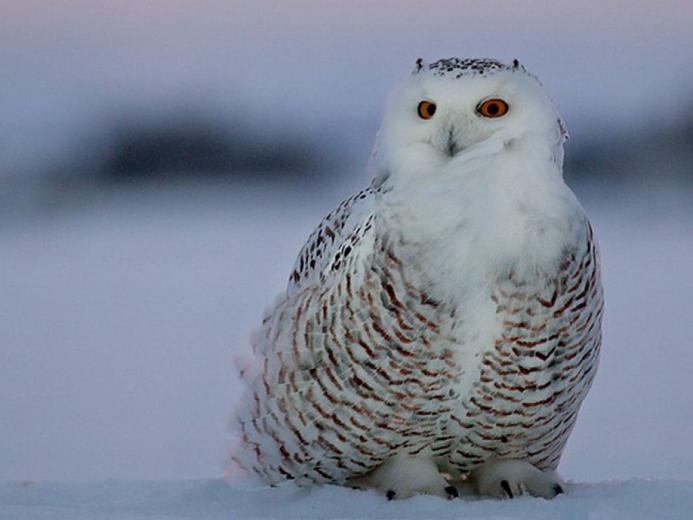Remember kid, at some point in the far future, every star will burn out. There will be no more light, no more warmth. The universe will become an infinite void, without life. That is our future, dear child. That is the reality of our existence. All life, all light, extinguished by time.
Anyways that’s why I’m a dog on the internet
Don’t worry about it though bud. Long before the sun’s light goes out, the structure of the stars break apart, all particles scatter, and the universe finally dies; you will die. The light in your eyes will extinguish, your bones and flesh will fall apart, and the atoms that make you will scatter throughout the earth.
At least that’s what we think will hapen with our current knowledge*
The first rule of thermodynamics is you do not talk about thermodynamics.
The second rule of thermodynamics is YOU DO NO TALK ABOUT THERMODYNAMICSThe second law of thermodynamics is that chaos always win.
This was my face when I foolishly asked my maths teacher what pi was - he spoke for a long time, I understand nothing and I was late to my next class.
I’m not a teacher, but I’m so ready for a kid (or anyone) to ask me this so I can do a better job. Ideally somewhere I can get hold of coins because who carries those any more?
…and that, son, is why at some point in the distant future the universe will be an undifferentiated soup of unvarying temperature, full of depleted and inert mass slowly evaporating into photons. In the end, everything you’ve ever been, ever done, and ever seen will be nothing more than a diffuse haze of light, racing unobserved and unobservable through a dead and infinite void. Any questions?
One of my nephews asks about these sorts of things all the time. It’s a delight that he’s frequently interested in the answer. Usually I have to abstract it by a bit, but he’s smart and will often bring up my answers later.
Can you explain it to me like i’m a 10 yrs old (which i’m not 🙄), then?
Ice is made up of water molecules. Very tiny things.
When water molecules move around really fast, that’s the exact same as them being hot. They are steam when they move around a lot, and steam is hot - and a gas. Steam might even be so hot it hurts - that’s because they’re smashing into the molecules in your body and making them move around too even when they shouldn’t and could damage you. Your body senses this and sends you pain signals so that you know to move away from the steam.
Water molecules can also stick together. With steam, the molecules move so much that they’re just bouncing around all over the place and the stickiness doesn’t really matter. If two water molecules stick together in steam, other ones are likely to ram into them and break them up This is why steam billows out in all directions. When water molecules in steam cool down, as in slow down, their stickiness to each other becomes a more important factor than before. The molecules still move around, just less than before. They interact with one another, keeping themselves tied together in the same general area but still moving a lot. This is why water settles into one place in a glass and why you can pour it as a room temperature liquid.
When water molecules get even cooler, the stickiness starts to matter even more. The molecules aren’t bouncing off each other much anymore, they’re just stuck together. This is what a solid is and ice is a solid.
Now, I’ve been saying stickiness, but with how small water molecules are, and what they’re made of, it’s actually very specific properties of the molecules that make them interact to “stick” together, with the strongest one being charge polarity. But that’s for a difference explanation!
Finally: so, for ice to melt, you need to get its molecules moving again. One way to get them moving is to expose them to a hot material, i.e. one that’s moving around a lot. Put your ice cube on a room temperature table and it will slowly melt because the molecules in the air and table are moving along so much that if the water molecules were doing the same they’d be in “liquid mode”. Another way is to add energy to the system in the form of radiation, which induces movement within the molecules and, therefore, between them since they’re in close proximity. The reason it makes them move is complicated and is literally quantum mechanics so I’ll also leave that for a different explanation.
My intuitive explanation would be that all things have different states in which they can be: solid, fluid/liquid and gaseous. It just depends on how cold or hot it is what state the material is in. Even oxygen can be fluid at sufficiently low temperatures and metals gaseous at really high temperatures. (This varies with pressure, but maybe this gets too complicated.)
So when ice gets too warm (because it isn’t in the freezer anymore for example), it changes its state to a liquid. You can imagine all molecules to be in various interactions with each other. When it is cold for them, they snuggle together and form a solid clump. When it gets warmer they begin to dance and not be as close anymore. They sway together and form a fluid. But when they are really hot they are even further away from each other so now they are pretty lose, forming a gas.
When water is in the form of ice it means that the water molecules are cold and snuggle together. As they get warmed by their environment they slowly begin to not be as close together anymore, so they slowly melt and form water.
1st law of thermodynamics: best you can do is 100% efficiency.
2nd law of thermodynamics: haha jk
This is me every day with my two year old who asks why all day long.
This is really close to what I do for a living.








